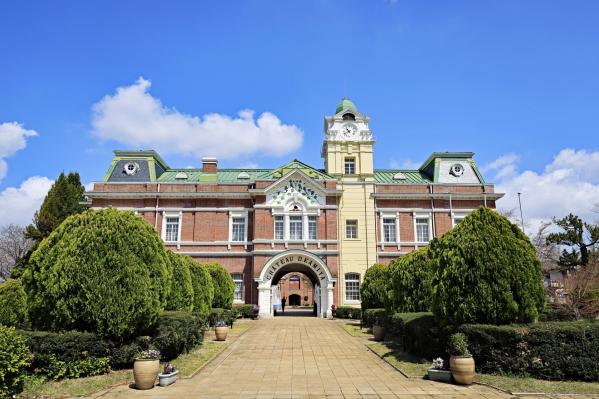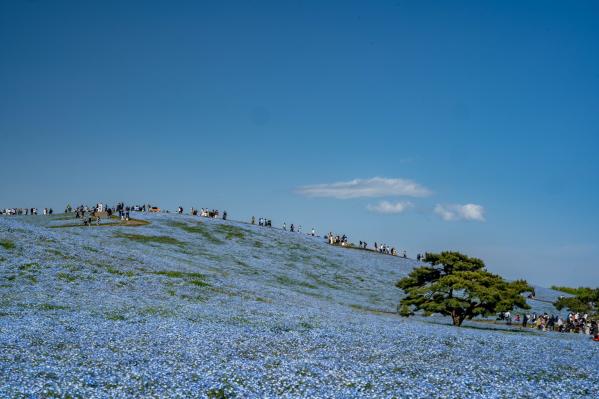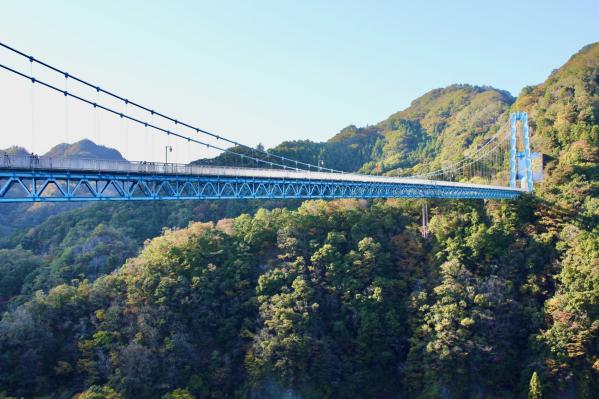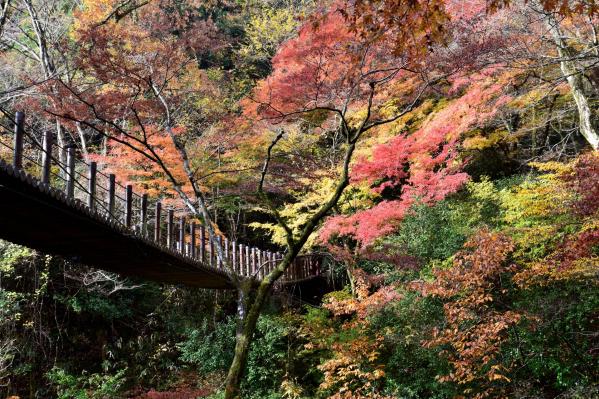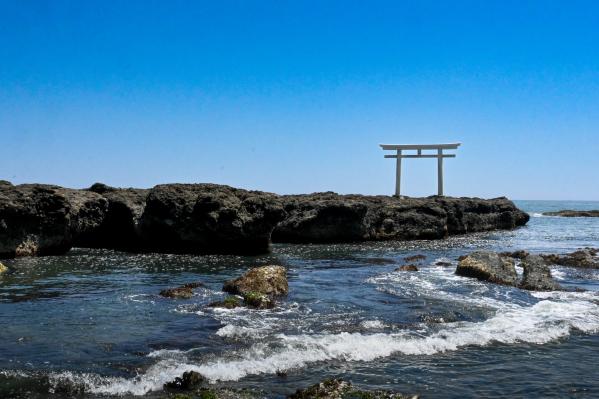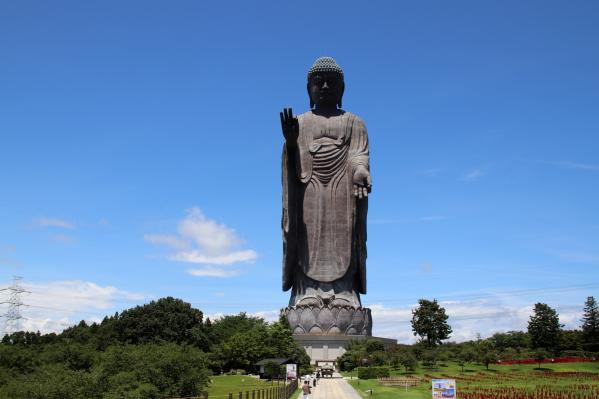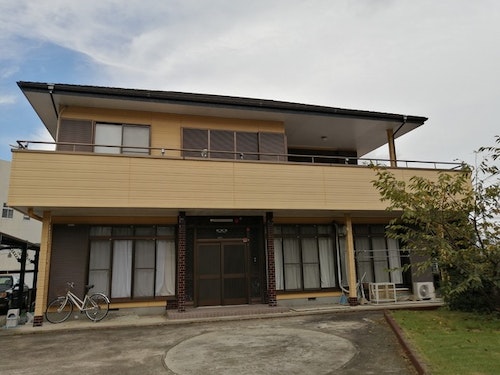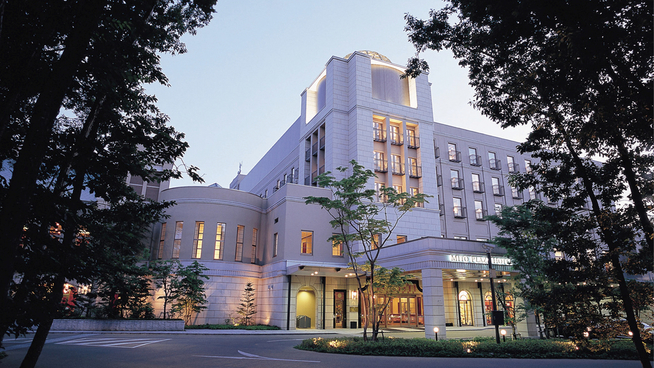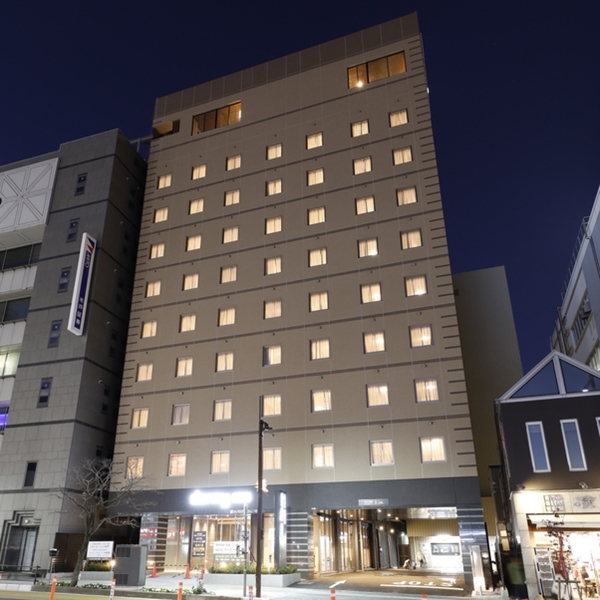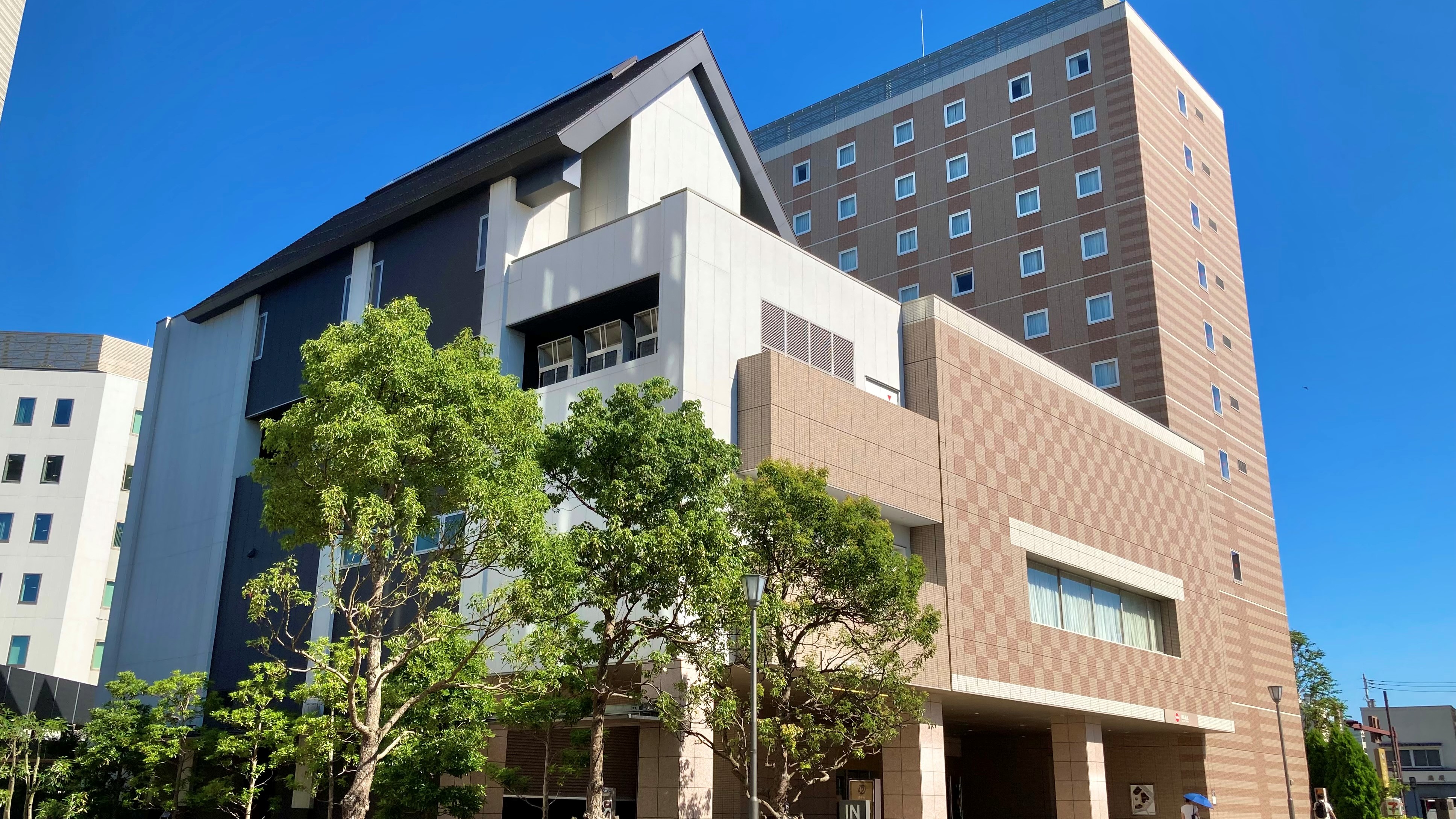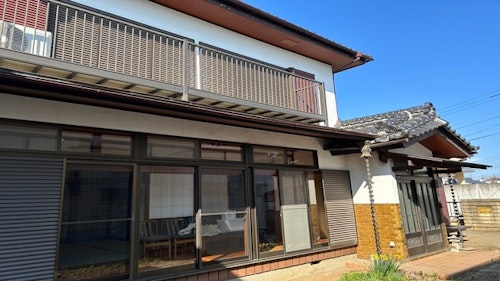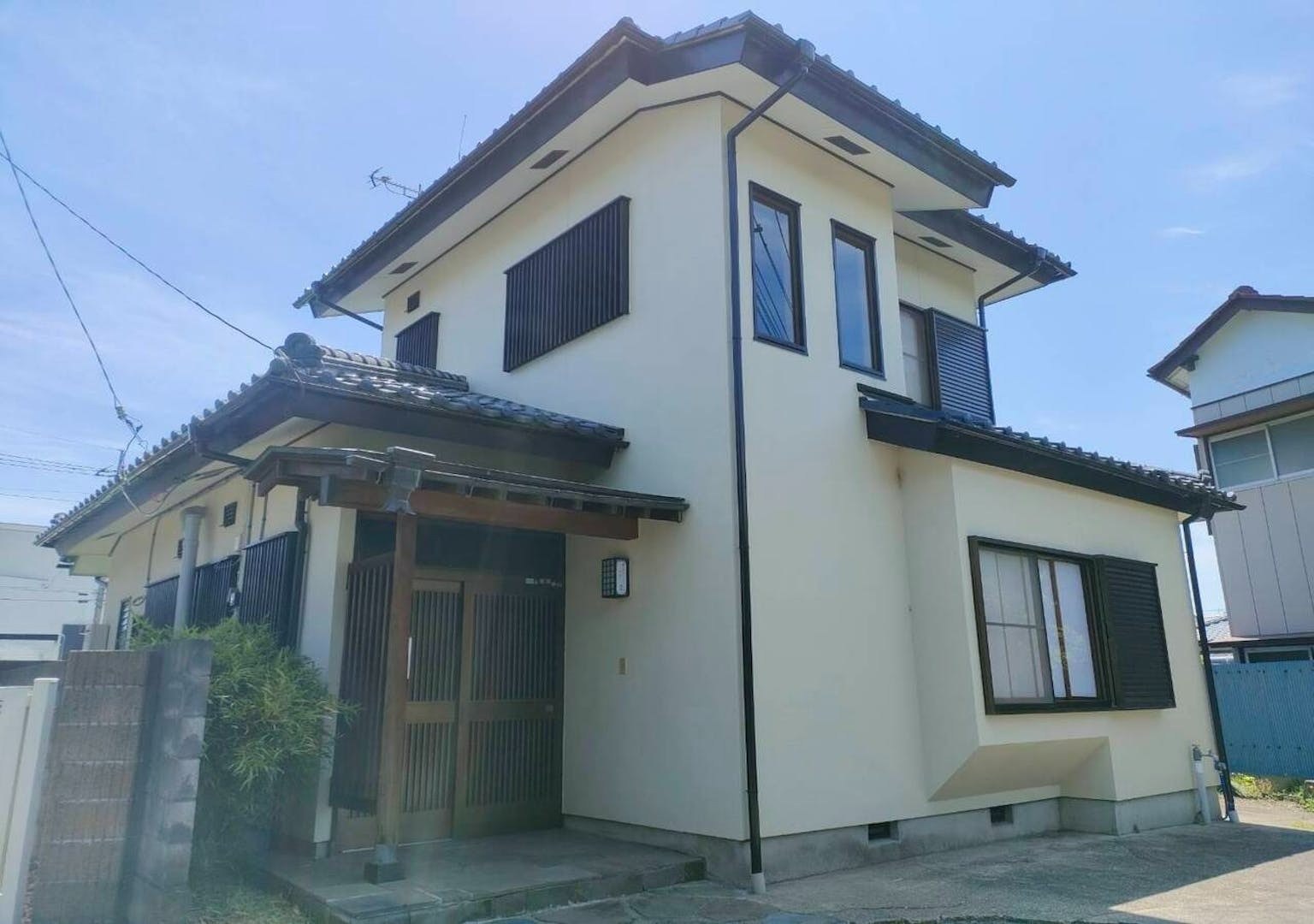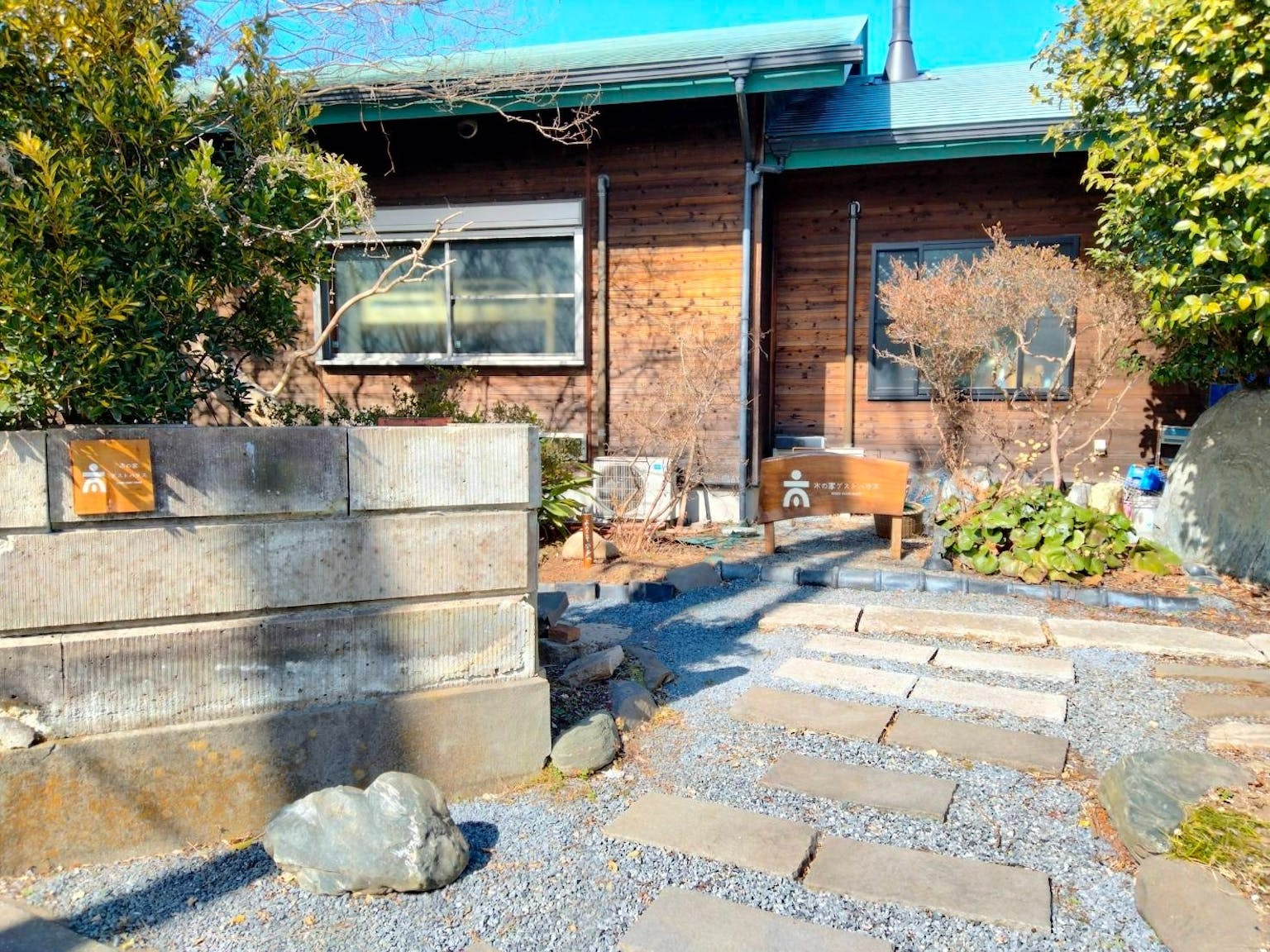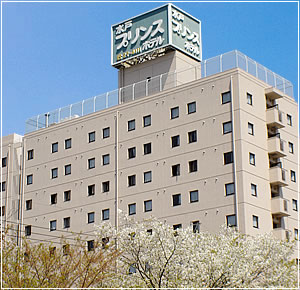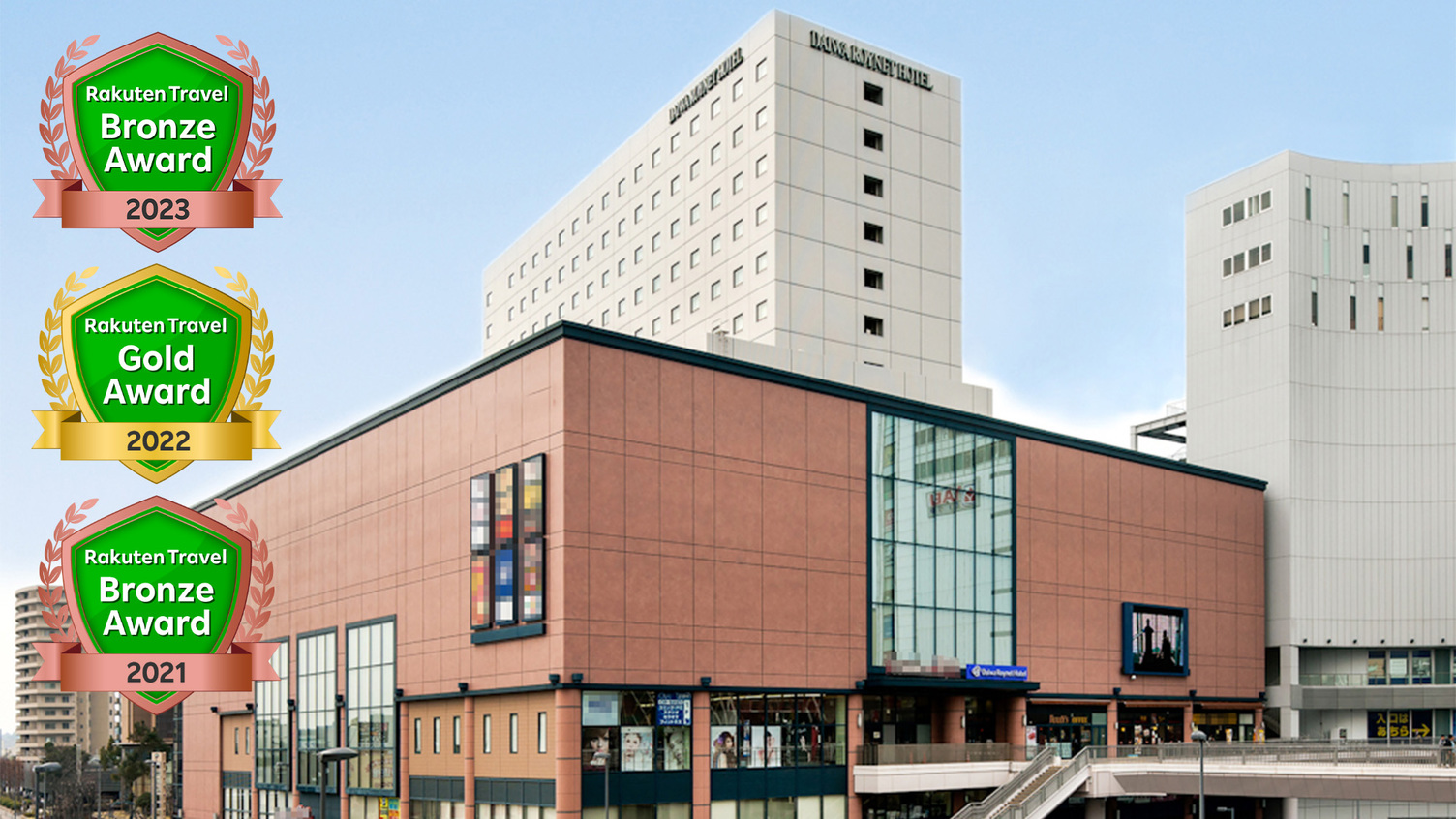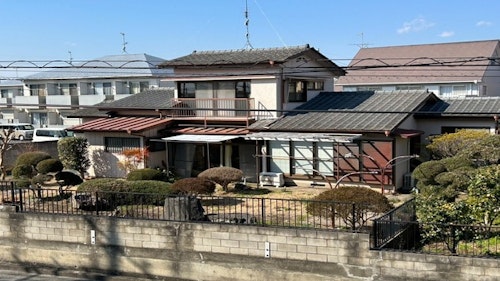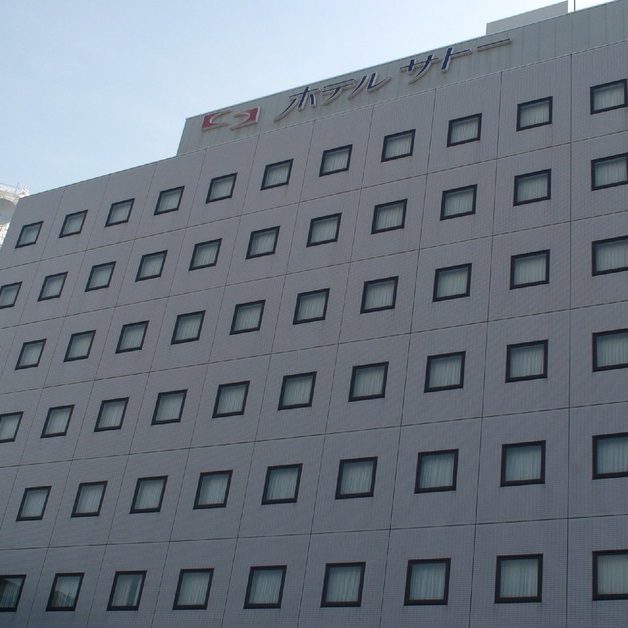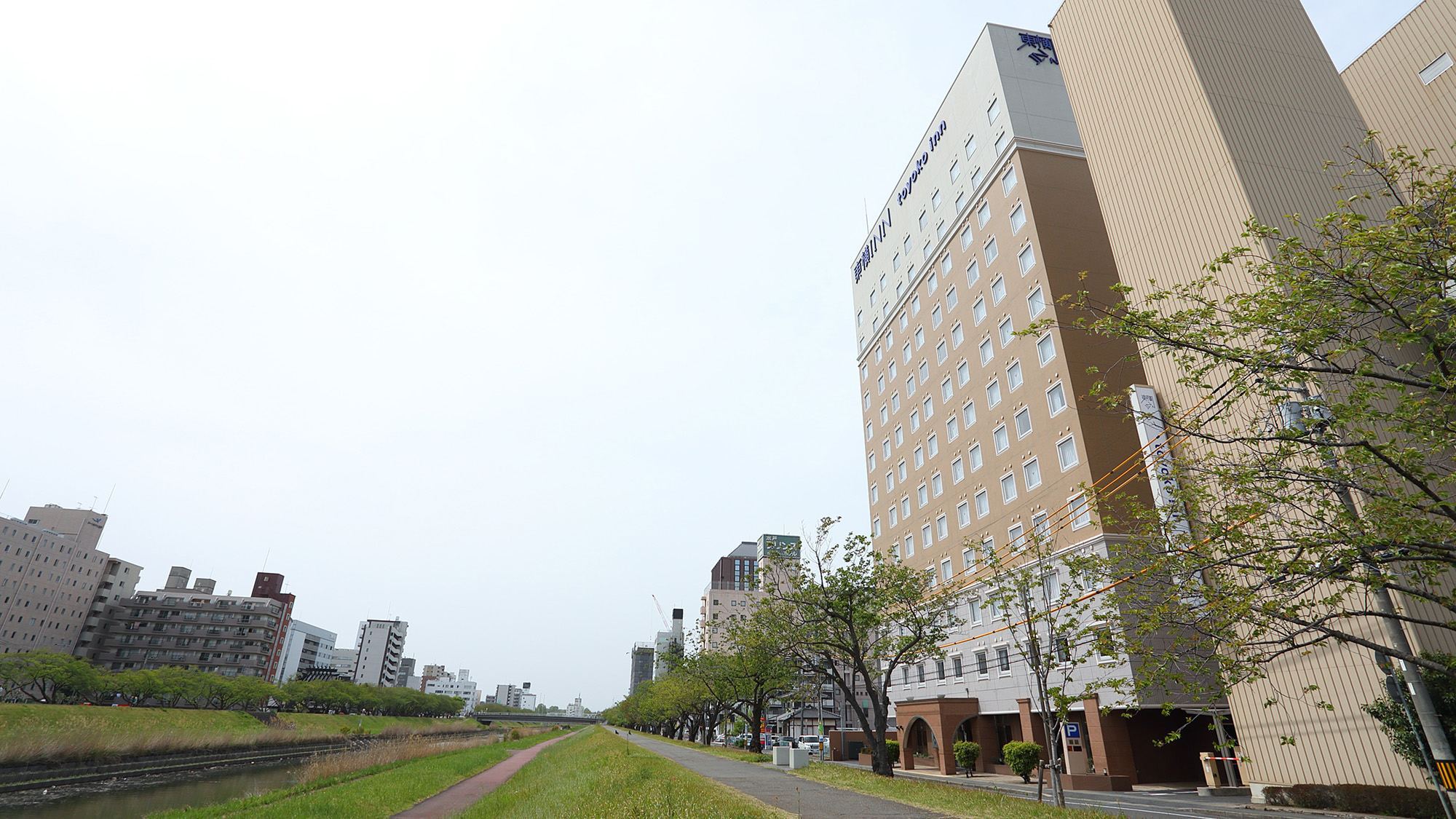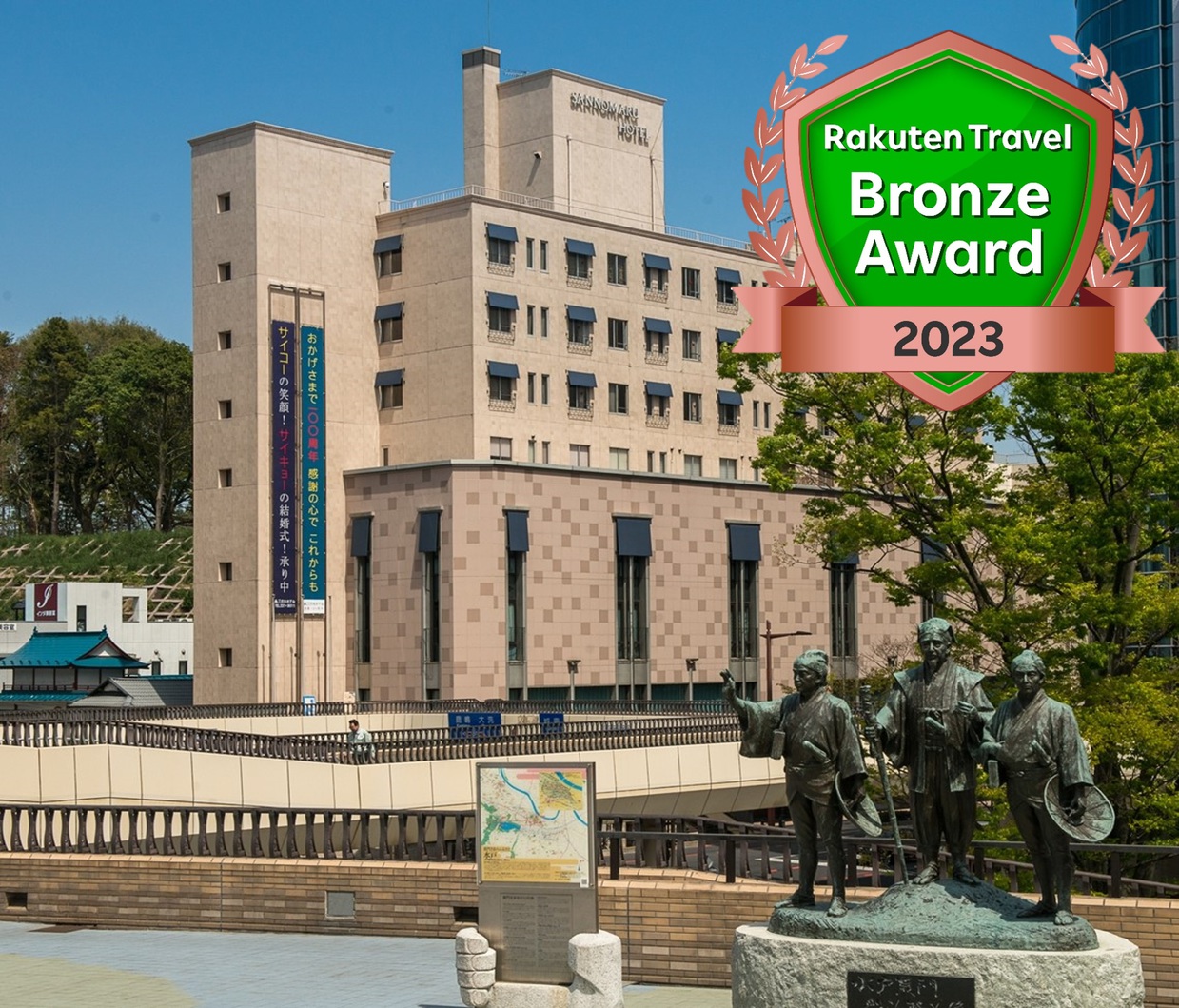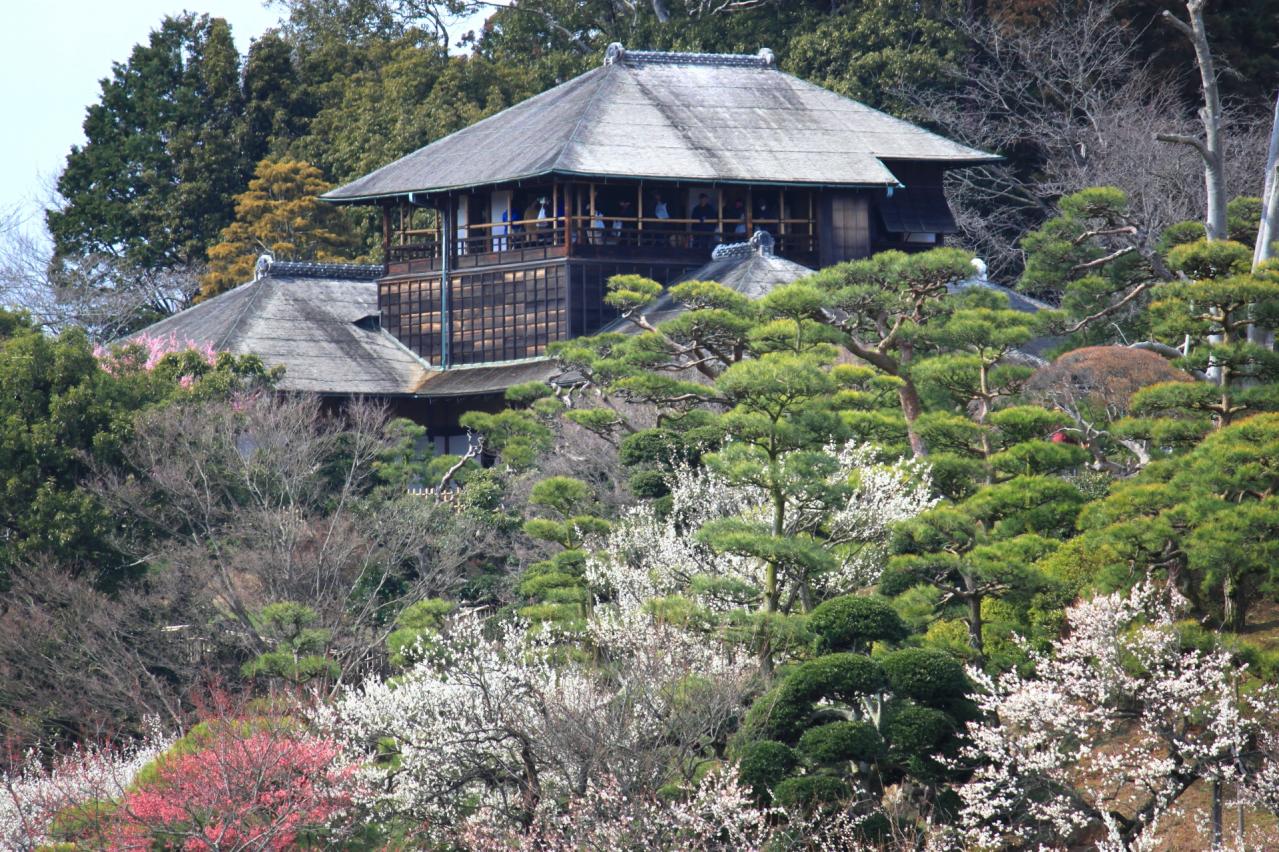
Kairakuen Garden
However, the appeal of Kairakuen goes beyond just the plums. In spring, cherry blossoms bloom; in early summer, the Kirishima azaleas; in midsummer, the bamboo groves and cedar forests flourish; and in autumn, the Japanese bush clover and maple trees provide stunning views. The breathtaking sight of Lake Senba sprawling amidst the changing seasonal landscapes is not to be missed.
Within the garden, there is also Kobuntei, which is said to have been designed by Tokugawa Nariaki himself. It served as a gathering place for scholars, retainers, and local citizens to come together for poetry readings and social events. In this way, Kairakuen holds more value than just as a tourist destination; it vividly reflects Nariaki’s philosophy of "enjoying together with the people."
Kairakuen boasts vast grounds where beautiful seasonal scenery and historical background converge, showcasing the essence of Japanese garden culture. Once you visit, you'll be captivated by its charm and able to enjoy the changing beauty of each season.
Basic Information
- Spot Name
- Kairakuen Garden
- Location
- 〒310-0033 1-3-3 Tokiwacho, Mito City, Ibaraki Prefecture, Japan
- Access
- Take the Ibaraki Kotsu bus to Kairakuen from JR Mito Station for 20 minutes, and get off at the last stop. It’s just a short walk from there.
- Parking
- Main Garden Parking (Kairakuen Shita Parking, Tokiwajinja Parking, Senba Park West Side Parking, Kobuntei Omote Gate Parking)
Normal cars 369 spaces, large buses 17 spaces, disabled parking 11 spaces, microbuses 6 spaces
Extended Area Parking (Sakurayama No.1, No.2, No.3 Parking, Sakuragawa Parking)
Normal cars 780 spaces, disabled parking 18 spaces - Business Hours
- Mid-February to September 30 / 6:00 AM to 7:00 PM
October 1 to Mid-February / 7:00 AM to 6:00 PM - Fees
- Adults: 300 yen, Elementary and junior high school students: 150 yen, Seniors aged 70 and above: 150 yen.
- Contact Information
- Phone Number:029-244-5454
- Official Website
Map
Detailed Information
▸One of Japan's Three Great Gardens. Established by Tokugawa Nariaki as a place for the public to enjoy together.
Kairakuen is counted among Japan's Three Great Gardens, along with Kenrokuen in Kanazawa and Korakuen in Okayama. It was opened in July 1842 during the Edo period by Tokugawa Nariaki, the ninth lord of the Mito Domain, as a place for the local people to relax.
Upon entering through the main gate, you are greeted by a grove of Moso bamboo. As you descend from there, you will find the Togyokusen spring, which constantly bubbles with fresh water, and the Kobuntei, which was designed by Tokugawa Nariaki himself, making for an abundance of attractions.
Kairakuen is home to approximately 3,000 plum trees of around 100 varieties, heralding the fragrant early spring. Starting with the "Plum Festival" from late February to mid-March, the garden offers seasonal blooms such as cherry blossoms, azaleas, and, in autumn, bush clover, with the unique early-winter poppy cherry blossoms as well.
▸Kobuntei
Located in the center of the garden, Kobuntei consists of a wooden two-story, three-layer structure and a single-story wooden annex, and it is said that Tokugawa Nariaki personally designed it. He gathered poets, writers, samurai, and locals here to host poetry readings and social gatherings.
▸Enjoying the "Yin" and "Yang" Worlds While Strolling in the Garden
Kairakuen is also said to be designed with a concept of "Yin" and "Yang" in mind.
The "Yang" world is filled with sunshine, where the fragrant plum blossoms bloom in early spring, and the "Yin" world provides a pleasant, subdued stillness reminiscent of a mystical realm.
Enjoying this contrast is one of Kairakuen's unique attractions.
The recommended route is from the main entrance of Kobuntei → Moso bamboo grove → Togyokusen → Kobuntei.
The main gate of Kairakuen survived the flames of war during World War II and remains after several repairs since its establishment. Through this entrance, one can experience the "Yin and Yang world" orchestrated by Nariaki through the bamboo grove and giant cedar forest leading to Kobuntei.
Just to the immediate left after passing through the simple door, you'll find a bamboo grove where over 1,000 Moso bamboo, Japan's largest species, are planted. Paired with the large cedar trees on the right, it remains green year-round, soothing the hearts of those who pass by.
The entire area of Kairakuen is rich in water, believed to be healing for eye ailments. Nariaki, considering the landscape, installed a white wellhead for the self-spring. This interacts with the "Gyokuryusen," the oldest fountain in the country, located at the foot of the cherry blossoms. The current wellhead is the fourth generation, producing about 100 tons of water daily.
Kairakuen Garden Movies
Ibaraki Tourist Attractions
View ListUshiku Chateau
The Ushiku Chateau, built in 1903 by the businessman Denbee Kamiya, who is known for the famous "Kamiya Bar" in Asakusa, is recognized as Japan's first genuine wine ...
Hitachi Seaside Park
The National Hitachi Seaside Park is a magnificent park that spans approximately 215 hectares and captivates visitors with seasonal flowers throughout the year. In s...
Ryujin Ohtsuribashi
The Ryujin Suspension Bridge is a pedestrian-only suspension bridge located in the Oku-Kuji Prefectural Natural Park in Hitachi-Ota City, Ibaraki Prefecture. It boas...
Hananuki Gorge
Hanamaki Gorge is a famous spot for autumn leaves located in Takahagi City, Ibaraki Prefecture. The beautiful scenery extends from Hanamaki Dam to Meibari-guchi and ...
Fukuroda Falls
Fukuroda Falls is one of Japan's three major waterfalls, located in Daigo Town, Ibaraki Prefecture. It boasts a height of approximately 120 meters and a width of abo...
Ooarai Isosaki Shrine
Oarai Isosaki Shrine is a historic ancient shrine founded in the Heian period, located on the hill of Oarai Cape in Oarai Town, Ibaraki Prefecture. The enshrined dei...
Ushiku Daibutsu (Great Buddha)
The Ushiku Daibutsu (officially known as Ushiku Amida Buddha), located near the Ami-Higashi Interchange on the Ken-O Expressway, presents a colossal figure that boas...








